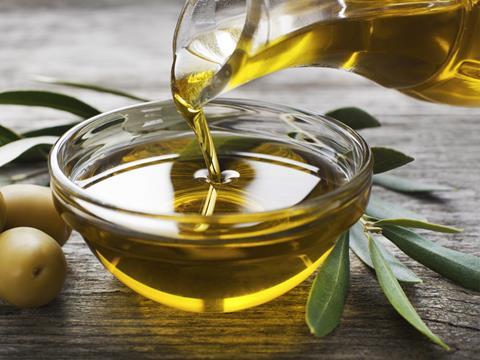
Olive oil prices have leapt by a third in the last month, with shoppers now set to face two years of price hikes and shortages.
Almost half of the olive oils available in the big four retailers became more expensive in March, with suppliers warning of more rises to come.
It comes after Spain, the world’s largest olive oil producer, produced just half its normal quantity of oil, according to the International Olive Council.
“Global production is substantially below global consumption so that leaves quite a big hole,” says Filippo Berio UK CEO Walter Zanre.
This is already affecting olive oil prices, with Napolina seeing some of the biggest jumps. At Sainsbury’s, 500ml bottles of Napolina olive oil and light olive oil increased by almost a third from £3.90 to £5.10 in the last month.
At Asda, 250ml bottles of Napolina olive oil and light olive oil increased by 75p to £3.25.
Own label is also feeling the pinch, with hikes in Morrisons and Sainsbury’s last week, according to The Grocer’s KVI tracker.
In Morrisons the price of a one-litre bottle jumped from £5.09 to £5.15, and in Sainsbury’s from £5.15 to £5.85.
The high prices are already turning shoppers away, with Brits consuming 20% less olive oil in the past three months, according to NIQ.
“There is no question there is a slowdown,” says Zanre. ”The very high prices are impacting consumers.”
Major inflation is seen across all olive oils, with the average price of own label up 64% compared to last year across all the major retailers, The Grocer’s analysis of Assosia data shows.
“Olive oil availability has been impacted by recent poor harvests in key producing regions”, said Harvir Dhillon, economist at the British Retail Consortium. “Retailer supply chains continue to be under pressure from extreme weather conditions, inflation, and labour shortages.”
Olive oil price increases show no signs of stopping, and Zanre warns “there is still a bit more pain to come”.
The weather in Spain has remained adverse for next year’s crop with very little winter rain and an early summer.
“The prospect of the next crop being a good one is becoming something that’s receding very, very quickly,” says Zanre. “I think we’re faced with another very difficult year going into next year, we don’t see any respite on the horizon.”
This means shoppers are likely to see price increases well into 2024.
For Zanre, climate change is playing a key role in the poor weather. “There is no question that climate change has hit us. I can’t see the weather situation in southern Spain and southern Italy changing over the next few years.”
In the long term, producers may move to growing olives further northwards in Europe to avoid the hot weather.
“But that takes time because if you plant a tree today you’re looking at six, seven years before you get a viable crop from it,” he says.







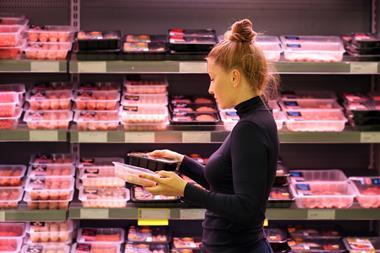
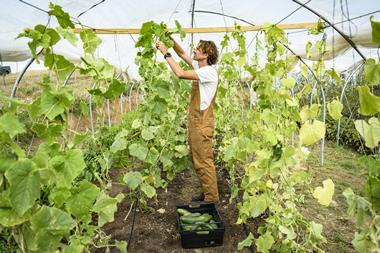
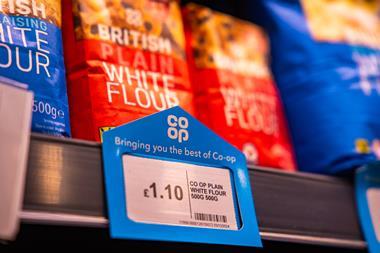
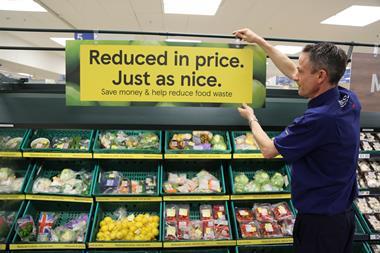
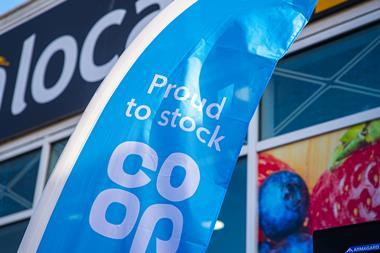

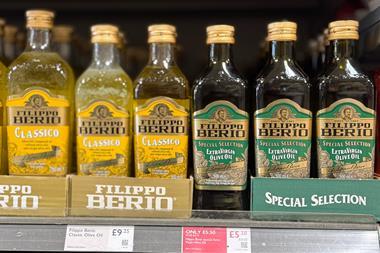





No comments yet